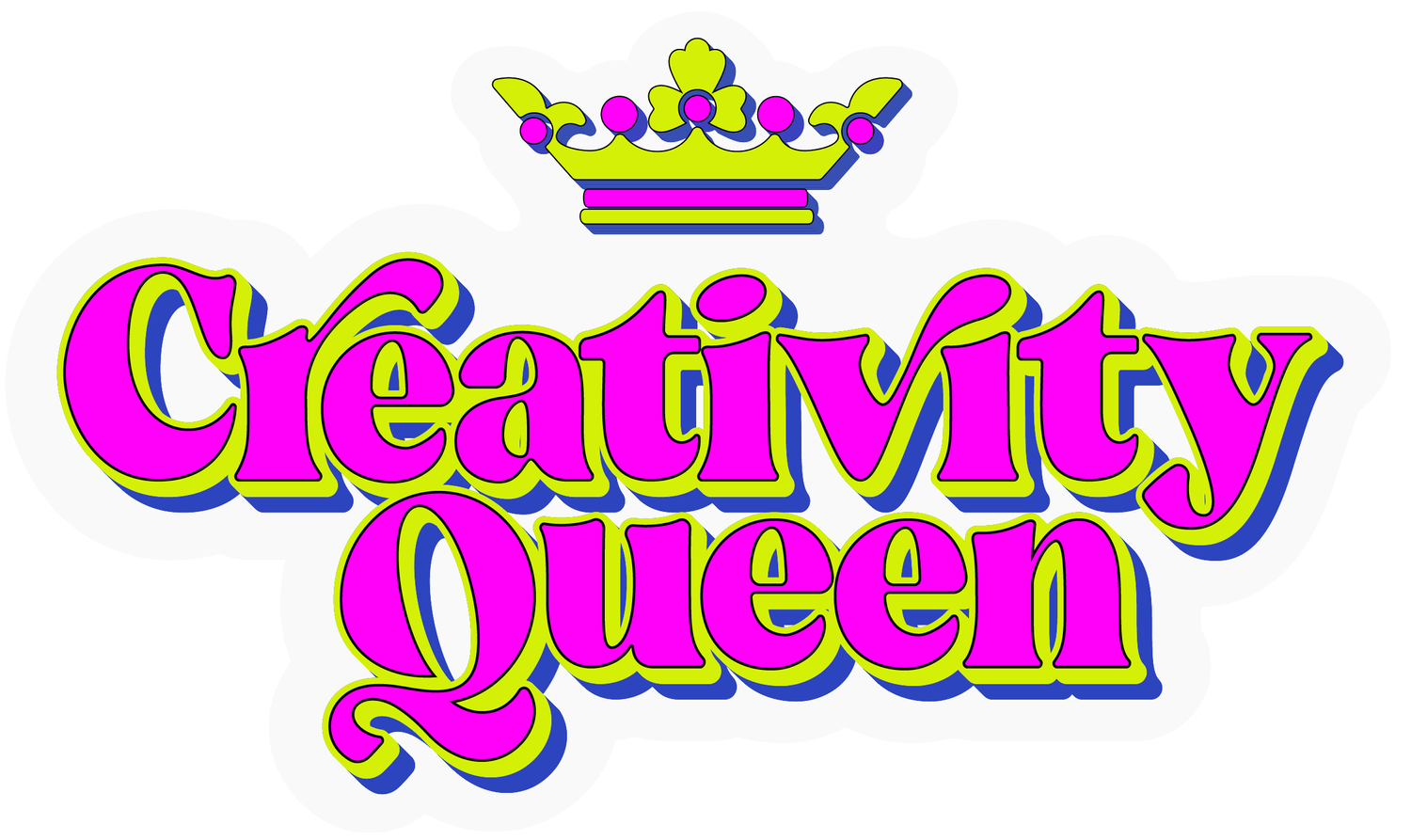Paint Brushes NOT Pills & Markers NOT Medicine
The CQ is on a mission these days, so inspired by the possibilities of how connecting with our creativity can help transform our lives, our communities, and our planet. There is a shift happening, a movement from intellectualizing and rationalizing to embracing intuition, creativity, and connection. The cool part is that brain-based research is leading the way in new developments on happiness, compassion, and awareness as treatments for mental health.
The feature article Paint Brushes NOT Pills & Markers NOT Medicine is the CQ’s declaration of a Creative Revolution from the new possibilities that are emerging, and how you can join the Creative Revolution!
I’ve been following mental health and medication treatment options since the 1980’s, when I began working at an agency for individuals with disabilities. The folks I worked with ranged from those who lived independently in their own apartments to those individuals who required extensive 1:1 supervision to meet their daily needs and prevent them from hurting themselves or others.
The advent of medication allowed many individuals who lived in mental institutions to become more independent. I saw firsthand people who were institutionalized for most of their lives become actively engaged in their community, and live a more fulfilling life. I was trained to give medications and learn the various side effects, and I felt it greatly benefited the individuals in need. Fast forward several decades (I know the queen is aging herself) and it seems like everyone has a diagnosis these days.
It’s great that there is so much awareness around mental health; consequently, it almost becomes a point of identity for so many teens and young adults. They jokingly reference their diagnosis, google disorders and label themselves or their friends. Yes, it helps to have language to understand your thoughts and behaviors, and at times it seems to be part of kid’s core identity (and when you identify yourself a certain way it’s hard to see yourself, or for others to see you, differently).
However, there is a new movement, one I am so very excited about. These are the parents and professionals who understand the need for a common language of diagnosis, and for medications to be used, only when they are absolutely necessary.
These parents & professionals are the next generation, realizing that a pill is not “the” solution and that a label does not define their child.
These parents are much more interested in finding solutions, having their children learn new skills, and teaching ways to shift behaviors, thoughts, and emotions (yay for cognitive behavioral therapy-CBT).
I imagine if you are reading this you are of this TRIBE and we are a powerful group that will shake up the mental health system (more yays)!
So you ask, what’s up with the title? Paint Brushes NOT Pills & Markers NOT Medicine! It’s time to start a Creative Revolution to help our children learn to cope without initially reaching for a pill. How can we bring art into the lives of children to help them manage difficult behaviors and feelings? By becoming a Creative Revolutionist!
Become a Creative Revolutionist and set your child up for life-long success:
Encourage creative outlets to channel their energy, anger, sadness, and worries.
Teach them how to express their voice through art, music, writing, dance, and theatre.
Retrain the brain with creativity: Help improve focus with stimulating creative activities that require attention, mindfulness, and awareness of how their bodies, thoughts, and feelings are responding.
Sit with a child and help them build a challenging project and model how to manage frustrations in a positive way.
Allow for messy creative play with materials to encourage cognitive and physical flexibility.
Build something detail-orientated that requires commitment to a project over a long period of time.
Bond over doing a project together, there is nothing like sitting at the same table working together on an activity to build connection.
Shoot a video of your child teaching you a new technique or activity, boosting their confidence and mastery.
Work on small projects that require patience.
Create imaginary worlds to work through problems they are encountering with peers of siblings.
I ask you: how can we support children so that they see themselves as so much more than a diagnosis, how can they learn the skills to cope with life’s difficulties, how can they learn to tap into their creative potential to shine their unique brilliance?
Let’s pioneer this Creative Revolution together!
Are you in need of more support? Schedule a complimentary phone consultation to learn more.
